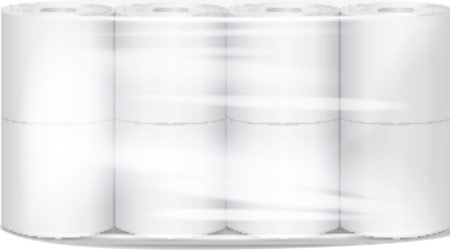
When it comes to toilet paper qualities, people seem to care most about traits like strength, absorbency and softness. While those factors are important, one other toilet paper trait is sadly being ignored: its sustainability.
Christiana Kjaergaard, commercial manager of Pure Planet Club, an environmentally-focused toilet paper manufacturer, listed five concerning ways that traditional toilet paper harms the environment in a story from Better Homes and Gardens.
It takes a whopping 140 liters of water to make one roll of standard toilet paper, says Jkaergaard. That water obviously facilitates the creation of the toilet paper made from trees — another resource that suffers due to toilet paper use. Kjaergaard says that 15 percent of the world’s deforestation is devoted to the development of typical toilet paper. This deforestation is contributing to global warming because trees cool the Earth down by lowering the air temperature through the evaporation of water on leaves.
The manufacturing of toilet paper requires 17.3 terawatts of electricity per year. And after the toilet paper is made it’s often packaged in plastic — another material that often draws the ire of environmentalists.
Kjaergaard argues the impact caused by the manufacturing of typical toilet paper can be combatted through the consumption of options that are more Earth-friendly. Kjaergaard supports toilet "paper" made from bamboo because it requires less water to manufacture, and is more sustainable because bamboo is one of the fastest growing plants on the planet.
Sugarcane is another resource whose waste can be recycled to make toilet paper more sustainably as it doesn’t take long to grow.
When it comes to sustainability, the cleaning industry is certainly trying to do its part. The topic is often discussed amongst companies who demonstrate a commitment to sustainability through their actions. One such company is Iowa-Des Moines Supply, whose focus on sustainability was recently profiled in a story from Sanitary Maintenance.

 Celebrating BSCAI's 60th Anniversary eBook
Celebrating BSCAI's 60th Anniversary eBook The Down and Dirty on Cleaning in Virus Season
The Down and Dirty on Cleaning in Virus Season How Surfactant Use is Expanding in Commercial Cleaning
How Surfactant Use is Expanding in Commercial Cleaning